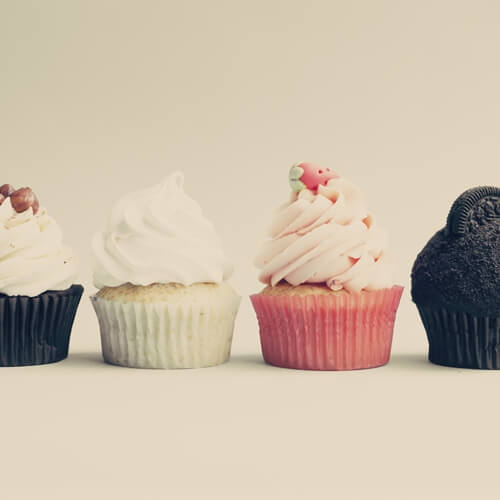From Cakes To Cookies: Helpful Baking Tips
Baking seems fairly straightforward – as long as you have the right recipe and tools, you can create flaky pie crusts, chewy brownies and fresh muffins. But there are certain factors that can either make or break your sweet treats. Whether you’re whipping up a birthday cake for a family member or trying out a new cookie recipe, here are a few tips that can help any baked good turn out perfectly:
Check the heat of your oven
Baking cookies in a new oven and making those cookies in the same oven 10 years later could yield completely different results. It’s important to check the temperature of your oven every few months to make sure it’s accurate. Even a few degrees off could leave you with burnt or undercooked baked goods. Place an oven thermometer on one of your oven racks so that you always know the actual temperature inside.
Use the right measuring tools
The type of ingredients that you’re measuring should tell you whether or not to use the glass measuring cups that have a handle and spout or the smaller individual cups. Dry ingredients should always use the latter, while liquids should be devoted to the former. Always level off dry ingredients with a knife and never pack it into the cup (unless it’s brown sugar).
Add water to cupcake tins
After whipping up cupcake batter, you may not have enough left to fill an entire third batch. If this is the case, pour water into the empty cups, which helps the cupcakes to rise and bake evenly throughout. When you’re filling the cups with batter, use an ice cream scoop to produce the perfect size muffin or cupcake.
Spread a crumb coat
It can be tempting to spread a thick layer of frosting over your freshly baked cake, but refrain. Instead, cover your dessert with a thin layer of frosting only, which is known as a crumb coat. This makes it easier to continue frosting the cake later on. Allow that thin amount of frosting to set for one to two hours before applying more icing. Taking baking and cake decorating classes online can provide you with other tips and tricks for frosting cakes.
Don’t overlook butter temperature
When cakes and cookies call for butter, pay attention to the temperature of this crucial ingredient. Cold butter produces perfect pie crust and biscuits, but it’s not as good for treats like cookies and cake. However, if your butter is too warm, your baked goods won’t rise properly. Stick with room temperature butter when making brownies, cakes and cookies.


